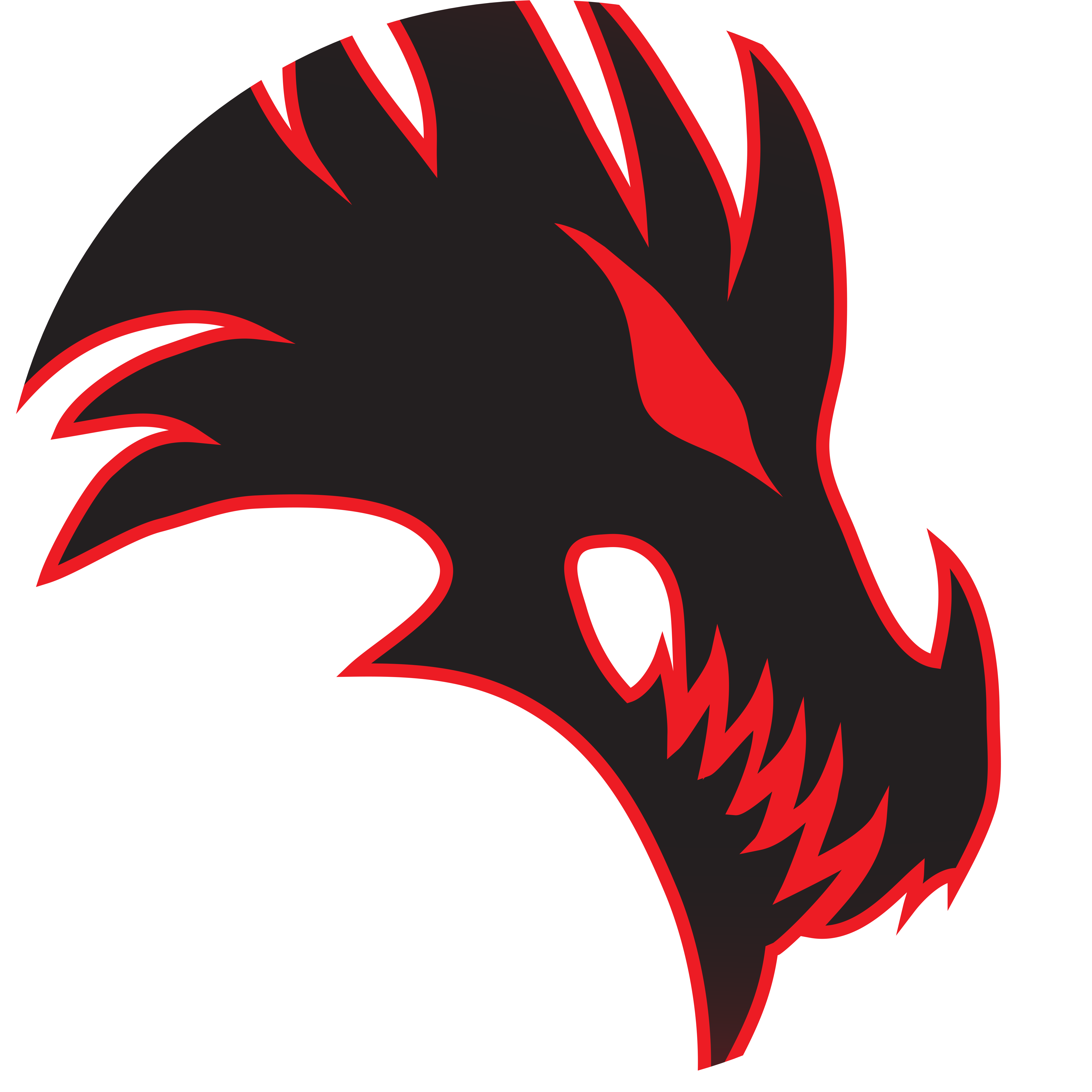OSI Model
OSI Layers & PDU
- OSI Model is a 7 abstract layer table that’s responsible for explaining the flow of data within a network.
- Experienced individuals will often call out an issue by the culprit layer number. example: “This is a level 3 issue.”
- Protocol data unit(PDU) is a name given to the data when passing through each OSI layer. Bits, Frames, etc.
Physical - Layer 1 - Bits (PDU)
Bit-by-bit delivery, modulation, start-stop signals, physical network.
Anything to do with physical transmission of data.
- From transmission mode(full, half duplex) to pinout of a ethernet connector.
Some related devices:
- Ethernet hub, repeater, and physical transmission medium(wire, plug, outlet).
Data link - Layer 2 - Frames (PDU)
Encapsulation, frame sync, LLC, and MAC address.
Provides a link between two devices, via a physical layer, and provides flow control.
It also detects and corrects errors on layer 1.
Defines two sublayers:
- Media Access Control(MAC) - controls device access and grants permissions for data transit.
- Logical link control(LLC) - flow control, handles network layer protocols and error checking/frame sync.
Some related devices:
- Switch, bridge, NIC.
Network - Layer 3 - Packets (PDU)
Controls addressing, routing, and traffic control.
This layer routes packets between two network nodes by providing cross-network addressing, routing, and updates both routing tables & fragmented packets.
Transport - Layer 4 - Segments & Datagrams (PDU)
Reliability, flow control, connection-oriented communications, and multiplexing.
Layer 4 is responsible for segmenting data and relieving congestion by determining the protocol to be used(TCP and UDP, or others), size of window(packet size(MTU)), and order of transmission.
Session - Layer 5 - Data (PDU)
Session management(build and control sessions) between two hosts.
Authentication, Authorization, Session restoration.
This layer opens, manages, and closes sessions between end-user application processes.
API, sockets, and WinSock.
Presentation - Layer 6 - Data (PDU)
Translation –> data (de)compression –> data (de)encryption.
This layer converts data (MOV, JPEG, ASCII, etc) to and from the form that the application layer accepts, so it can be sent over the network.
Application - Layer 7 - Data (PDU)
- Communication protocol and interface methods, used by host processes, to enable network communications.
- In other words, applications handling data through specific protocols which then is sent through layer 6.
- This would include HTTP(S), IMAP, POP3, SMTP, FTP, SSH, etc.
- Also provides service advertisement on the network.
Detailed Table of OSI & TCP/IP
| Mnemonic | OSI | TCP/IP | PDU | Devices | IP Suite | Functions |
| 7. ALL | Application | Application | Data | Gateways, Load Balancers, Firewalls, End-point devices | HTTP(s), DNS, DHCP, IRC, FTP, TFTP, Telnet, SSH, SMTP, POP, IMAP, NTP, SNMP, TLS/SSL, BGP, RIP, SIP, MIME, and others | - Applications handle data through specific protocols to present data to user and layer 6. - Provides service advertisement on the network. |
| 6. PEOPLE | Presentation | AFP, ICA, LPP, NCP, NDR, TOX, XDR, PAD | - Formats, converts, (de/en)crypts, (de)compresses data (MOV, JPEG, ASCII, etc) to and from the form that the application layer accepts, so it can be sent over the network. | |||
| 5. SEEM | Session | ASP, ADSP, H.245, NetBIOS, RPC, SCP, ZIP, SDP, SOCKS, SMPP, and others | - Session management (build and control sessions) between two hosts. - Authentication, authorization, session restoration. - This layer opens, manages, and closes sessions between end-user application processes. | |||
| 4. TO | Transport | Transport | Segments | Gateways, Load Balancers, Firewalls | TCP, UDP, and others | - Reliability, flow control, connection-oriented communications, and multiplexing. - Segments data and relieves congestion by determining the protocol to be used (TCP and UDP, or others), size of window (packet size(MTU)), and order of transmission. |
| 3. NEED | Network | Internet | Packets (Datagrams) | Routers, VPN devices, Multilayer(L3) Switch, WAPs | IPv4, IPv6, ICMP, ICMPv6, IPSec, OSPF, EIGRP, and others | - Controls addressing, routing, and traffic control. - Routes packets between two network nodes by providing cross-network addressing, routing, and updates both routing tables & fragmented packets. |
| 2. DATA | Data Link | Network Access | Frames | Switches, Bridges, NICs, WAPs, Modems | ARP, Ethernet, CDP, LLDP, HDLC, PPP, DSL, L2TP, 802.11, STP, and others | - Encapsulation, frame sync, LLC, and MAC address. - Provides a link between two devices, via a physical layer, and provides flow control. - It also detects and corrects errors on layer 1. - Defines both MAC and LLC sublayers. |
| 1. PROCESSING | Physical | Bits | Hubs, NICs, Repeaters, Cables, Antennas, Modems, Wireless | - Bit-by-bit delivery, modulation, start-stop signals, physical network. - Anything to do with physical transmission of data. |
